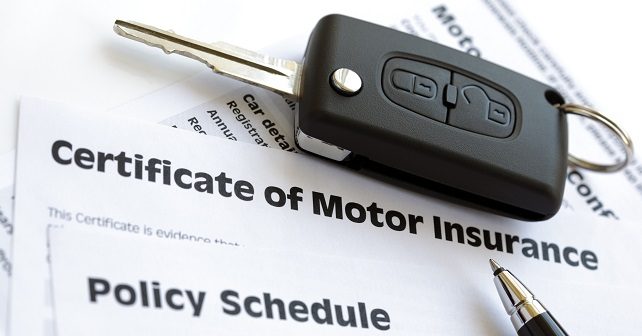
The new generation of car buyers tend to spend a lot of time in finding their vehicle of choice. Research has shown that majority of them read read reviews and comparisons before going ahead with the purchase of the vehicle.
In stark contrast, motor insurance is mostly overlooked, with people missing out on simpler and cheaper policies. Mr Sanjay Kumar, Head - Motor Underwriting, Bharti AXA GI, hence, shared some easy tips for purchase of motor insurance. A summary of the same can be found below.
- Research - One must evaluate different insurance policies based on the information available on the internet. The same medium helps one to receive feedback from existing policy owners, providing a better understanding of how an insurance scheme actually functions. Also, one must check the cashless garage network an insurance company offers.
- A good bargain does not necessarily mean the lowest premium option - While comparing prices of different policies, one must not confuse affordability of a scheme with good bargain. If you car’s spares are expensive or if you happen to live in a region which is prone to floods, it is advisable to customize your offering to minimise risk. For a small hike in premium will save you several thousands or even lakhs at the time of claim.
- Cover for additional items - Additional accessories must be separately insured to receive full value at the time of claim. Such add-on items are not covered under the main insurance document signed between the insurer and the insured.
- Add-on covers - Instead of a general insurance policy, one may get specific risks covered by the insurer. Some of these add-on covers are explained below
- Depreciation cover - In case of a claim, the insured receives an amount that is subject to depreciation. Hence, this amount is lower than the actual repair costs. With depreciation cover, the insured receives the depreciation amount deducted on the value of the parts replaced for up to 2 admissible claims.
- Invoice price cover - Under this, the difference of amount between the IDV of the vehicle and the invoice price (including road tax and first time registration of the vehicle) is covered. The invoice price cover is applicable for a period of two years.
- Roadside assistance - Roadside assistance provides support to the customer at the time of breakdown, towing the vehicle to the nearest garage for repairs.
- Hydrostatic cover or engine protector - Certain regions of the country have a long monsoon season, with floods adding to their woes. Such climate risks letting water enter the engine, severely damaging the motor. A hydrostatic cover is specially designed to tackle this situation, paying for repair bills arising due to ingression of water in the engine.
- Consumable covers - It pays for expenses incurred towards “those items or substances of specific use which at the time of loss are totally consumed or rendered unfit for further consumption”. These expenses arise due to damage to the vehicle/and or accessories which are covered under the policy.
- Outstanding loan cover - Nowadays, cars are often financed through banks and other NBFCs. In case of death of the buyer, the insurer will compensate to the extent of the the loan outstanding in the books of the financer.
- Standard policies come with certain ‘deductibles’ to be borne by customer at the time of accidents - Some intermediaries choose higher deductibles to bring down the premium. Customers must be informed about the extent and the type of deductibles at the time of purchase of insurance, since such a contract is based on utmost good faith.
- No Claim Bonus (NCB) - For every accident-free year, the insurer offers a renewal discount known as NCB. The maximum NCB is 50% of own damage premium.
- Discounts - Apart from NCB, insurance companies offer a slew of other discounts. Some of these are -
- Anti-theft devices - Fitting of such devices allow discount on Own Damage Section
- Automobile Association of India - Membership in this association allows a discount of 5% on Own Damage premium, subject to a maximum limit of Rs 200 for cars.
- Concessions for specially designed vehicles for handicapped - Discounts to the extent of 50% is given for privately or commercially owned cars, engaged exclusively in service of blind, handicapped and/or mentally challenged persons.
- Use confined to own premises - For vehicles used within one’ premises - and one that is not licensed by authorities concerned for general road use - customers get 33.33% discount.
- Insurance in case of purchase of second-hand vehicle - If the buyer fails to arrange the transfer of ownership in Registration Certificate within 14 days from the purchase of vehicle, then the insurers are free to deny liability arising out of damage to the vehicle by the buyer.
- Insured’s Declared Value (IDV) - In case of an old vehicle, a customer is required to declare the worth of the vehicle at the time of purchase of motor insurance. This value - known as IDV - must match the market price of the vehicle. Insurer’s liability for Own Damage Section is limited to IDV.
- Insurance Policy has a validity of 365 days - All motor insurance policies are valid for a period of 365 days. For instance, if you purchase an insurance on 1st January, 2015, you must renew it by 31st December of the same year.























Write your Comment